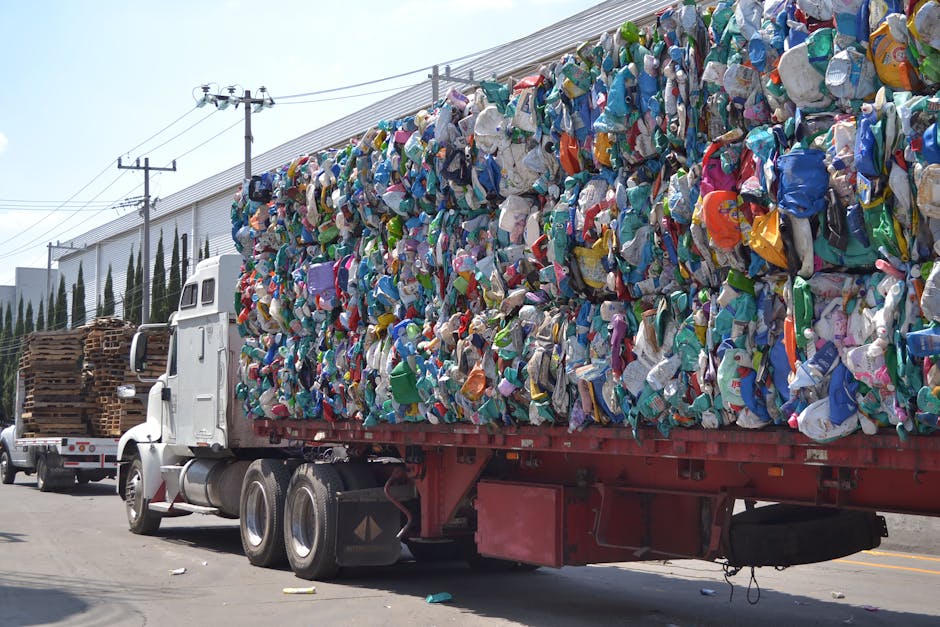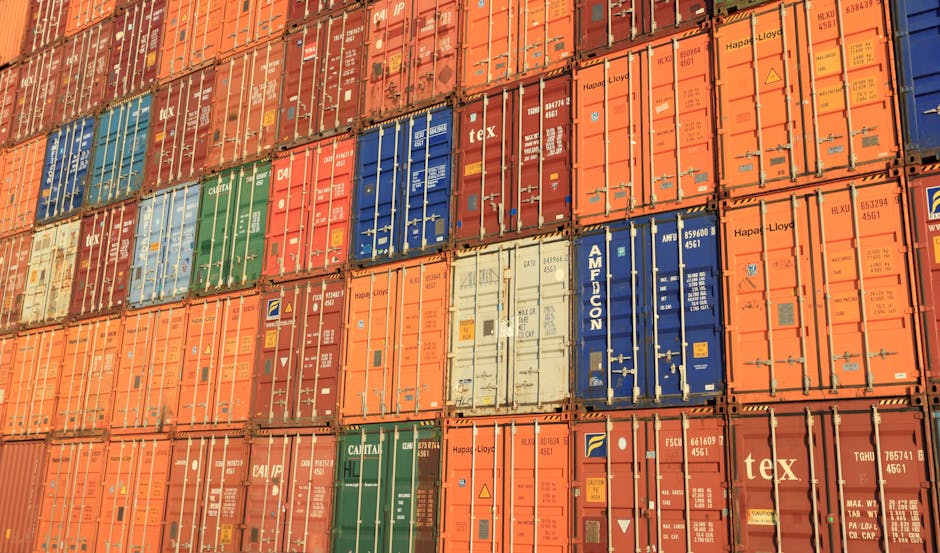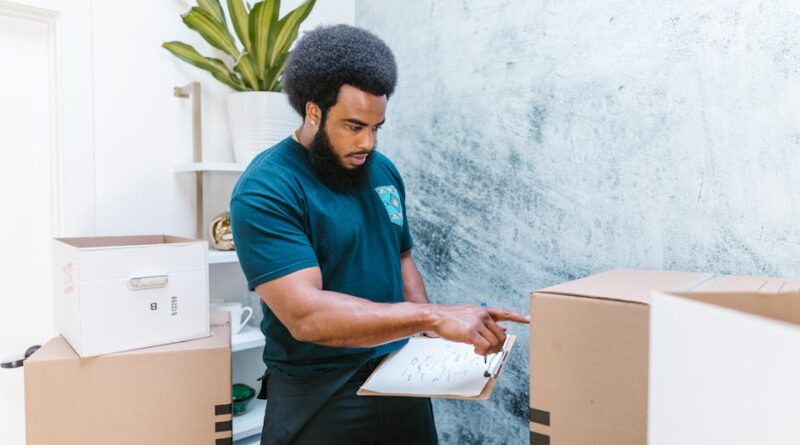Best Practices for Eco-Conscious Freight Forwarding
Did you know that the freight industry is responsible for nearly 8% of global greenhouse gas emissions? As concerns about climate change grow, many businesses seek ways to reduce their environmental impact. Eco-conscious freight forwarding is part of the solution. But what does it mean, and how can companies do it effectively?
What Is Eco-Conscious Freight Forwarding?

Eco-conscious freight forwarding involves making choices that minimize environmental harm during the shipping process. it’s not just about moving goods; it’s about moving them responsibly. This approach prioritizes sustainability through efficient practices and greener options.
So, what are the best practices to achieve eco-conscious freight forwarding? Let’s dive in!
Why Is Eco-Conscious Freight Forwarding Important?

Reducing our carbon footprint isn’t just a trendy buzzword; it’s crucial for the planet. Here are a few reasons why eco-conscious freight forwarding matters:
- Climate Change: Every ton of CO2 saved helps combat global warming.
- Cost Savings: Many eco-friendly practices also save money in the long run.
- Consumer Demand: Customers increasingly prefer companies that prioritize sustainability.
Incorporating these practices can enhance your brand image and attract eco-aware customers.
How Can Companies Adopt Eco-Friendly Practices?

Lets explore some actionable strategies that businesses can implement to become more eco-conscious in their freight forwarding.
1. Choose Eco-Friendly Transportation Modes

Transportation is a major contributor to emissions. Selecting greener options can make a big difference. Consider the following:
- Rail Over Road: Trains emit fewer greenhouse gases compared to trucks, especially over long distances.
- Ships Over Trucks: Maritime transport is often more fuel-efficient than trucking.
- Electric and Hybrid Vehicles: For last-mile deliveries, these options cut emissions significantly.
Using a mix of these modes can help create a low-carbon logistics network.
2. Optimize Packaging
Packaging plays a vital role in sustainability. Heres how to improve:
- Right-Sizing: Use only the necessary packaging materials. Smaller boxes mean less waste.
- Recyclable Materials: Choose packaging that’s easy to recycle or made from recycled content.
- Minimalist Designs: Avoid excess packaging. it’s better for the planet and often costs less.
Think of it this way: Less packaging means less waste, and that’s a win for everyone!
3. Implement Efficient Routing
Efficient routing reduces fuel consumption and emissions. Consider these tactics:
- Route Optimization Software: Use technology to find the shortest and most fuel-efficient routes.
- Consolidation: Combine shipments to maximize truckloads and minimize trips.
- Dynamic Routing: Adjust routes in real-time based on traffic and conditions.
These strategies can save money and cut emissions at the same time.
4. Monitor and Measure Your Impact
To make effective changes, you need data. Heres how to keep track:
- Carbon Footprint Tracking: Measure your emissions regularly to see how your changes impact the environment.
- Benchmarking: Compare your performance to industry standards or competitors.
- Reporting: Be transparent about your efforts. Share your findings with stakeholders.
Data helps you understand what works and where to improve.
5. Collaborate with Green Partners
Working with like-minded businesses can amplify your eco-conscious efforts. Consider the following:
- Eco-Friendly Carriers: Partner with freight companies that share your commitment to sustainability.
- Green Suppliers: Source products from suppliers who prioritize eco-friendly practices.
- Industry Partnerships: Join initiatives aimed at reducing emissions and improving sustainability.
Collaboration can lead to innovative solutions and shared best practices.
6. Educate Your Team
Your employees are key to making eco-conscious changes. Heres how to get them involved:
- Training Programs: Offer workshops on sustainable practices in logistics.
- Incentives: Reward teams for coming up with eco-friendly ideas.
- Culture of Sustainability: Foster an environment where everyone feels responsible for reducing impact.
When your team understands the importance of sustainability, they’re more likely to contribute positively.
7. Utilize Technology for Sustainability
Technology plays a crucial role in freight forwarding. Here are some tech solutions to consider:
- Blockchain: Increases transparency in supply chains, ensuring sustainable practices are followed.
- RFID and IoT: Help track shipments in real-time, improving efficiency and reducing waste.
- Transport Management Systems: These systems optimize operations, leading to fewer emissions.
Leveraging technology can drive significant improvements in sustainability.
Conclusion: Taking Action for a Greener Future
Eco-conscious freight forwarding isn’t just a trend; it’s a necessity. By adopting best practices like choosing greener transportation, optimizing packaging, and collaborating with like-minded partners, your business can make a real difference.
Ready to take the plunge? Start small. Implement one or two strategies today and build from there. Every step counts toward a more sustainable future.
For more insights on sustainable logistics, check out this resource from the EPA.
Lets work together to make our freight forwarding practices eco-friendly!



